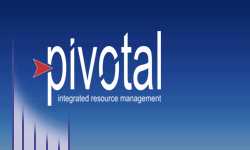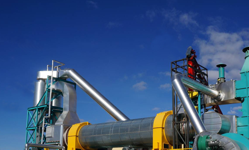Diversion & Recycling
Communities are pursuing waste reduction and diversion
strategies to reduce landfill dependence and lower their GHGs,
and many have set the objective of moving towards zero waste.
A common approach is diversion, for example by separating organic wastes (kitchen scraps and other
compatible wastes) and sending these for composting. This requires homeowners to separate
their wastes, adding extra trucking, bin and haulage complexity.
In reality, organics diversion typically only addresses 11% of a community's waste by dry weight, i.e. it isn't a complete plan -
and can be harmful to efforts to divert the rest of the wastes. Traditional
organics-centric diversion is usually expensive whereas IRM develops a complete plan for
diversion that is usually cheaper and
environmentally superior, achieving diversion and
recycling as high as 97%.
Even if you have existing diversion approaches like composting or
anaerobic digestion, IRM can be layered in to help create a plan and
system that is financially and
environmentally superior.
Example
A community of just over 100,000 implemented a kitchen scraps
program, requiring homeowners to separate and sort the organic waste
into specific bins.
New garbage bins and trucks had to be purchased to handle the
separated wastes and the scraps were trucked to a local
composter. The operator had to reject a sizeable portion (due to bad
sorting) and due to odour issues and a lack of market for the compost
the operation closed. The scraps
then had to
be trucked out of the region, raising costs and GHGs.
The total annual cost equates to $407 per tonne and 63% landfill diversion.
We assessed an IRM approach able to achieve up to 97% diversion at $110/tonne
- the current landfill tipping fee cost. GHG reductions were
estimated at
15% of the entire community's
emissions. The IRM approach was approved by several technical reviews
and the community is now investigating this.
|


